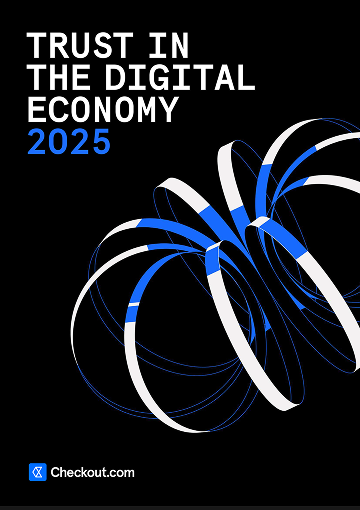AI is already embedded – almost two-thirds of consumers have used it in interactions with the digital economy.
Unsurprisingly, Gen Z is more comfortable using AI than other generations.
Various AI technologies shape how consumers search and discover in the digital economy.
- Have Tried AI
- Trust AI
Although voice search is the most tried and tested, less than a quarter of those who tried it trust it.
- Have Tried AI
- Trust AI
- 80%
- Gen Z
- 0%
- 0%
- 0%
- 0%
- 0%
- 0%
- 0%
- 0%
- 0%
- 0%
- Voice Search
- Image Search
- Product recommendations
- Virtual try-on
- Price monitoring





